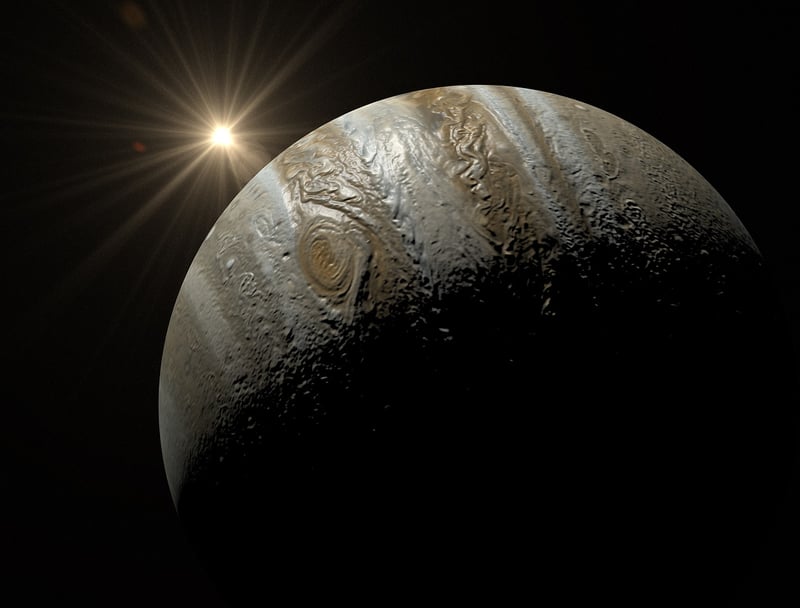Planetary systems
Exploring Distant Planets and Planetary Systems
As humans, we have always been fascinated by the mysteries of the universe, especially the possibility of exploring distant planets and planetary systems. With advancements in technology and space exploration, scientists and astronomers have been able to uncover some incredible findings about our galaxy and beyond.
What are Distant Planets?
Distant planets, also known as exoplanets, are planets that exist outside our solar system. These planets orbit stars other than our Sun and come in various sizes, compositions, and environments. Some exoplanets may have conditions suitable for life, while others may be inhospitable due to extreme temperatures or lack of atmosphere.
How Do We Discover Distant Planets?
Discovering exoplanets is a challenging task that requires sophisticated instruments and techniques. Scientists use methods like the transit method, radial velocity method, and direct imaging to detect these distant worlds. The Kepler Space Telescope and the TESS mission have been instrumental in discovering thousands of exoplanets to date.
Characteristics of Planetary Systems
Planetary systems are collections of planets, moons, asteroids, and other celestial bodies that orbit around a central star. Our solar system is a prime example of a planetary system, with eight planets orbiting the Sun. Each planetary system is unique, with varying sizes, compositions, and orbital dynamics.
Exploring Exoplanets for Signs of Life
One of the most exciting prospects of exploring distant planets is the search for signs of life beyond Earth. Scientists study the atmospheres of exoplanets for biomarkers like oxygen, methane, and water vapor that could indicate the presence of life. While no definitive proof has been found yet, the search continues with new missions and technologies.
Future of Space Exploration
The future of space exploration holds promising opportunities for discovering new exoplanets and unraveling the mysteries of planetary systems. Missions like the James Webb Space Telescope and upcoming space observatories aim to further our understanding of distant worlds and possibly find habitable exoplanets.

Exploring distant planets and planetary systems opens up new horizons for scientific research and expands our understanding of the vast universe we inhabit. As technology advances and new discoveries unfold, the possibilities for future exploration are endless.
Join us in the quest to uncover the secrets of the cosmos and venture into the unknown realms of distant planets and planetary systems.
